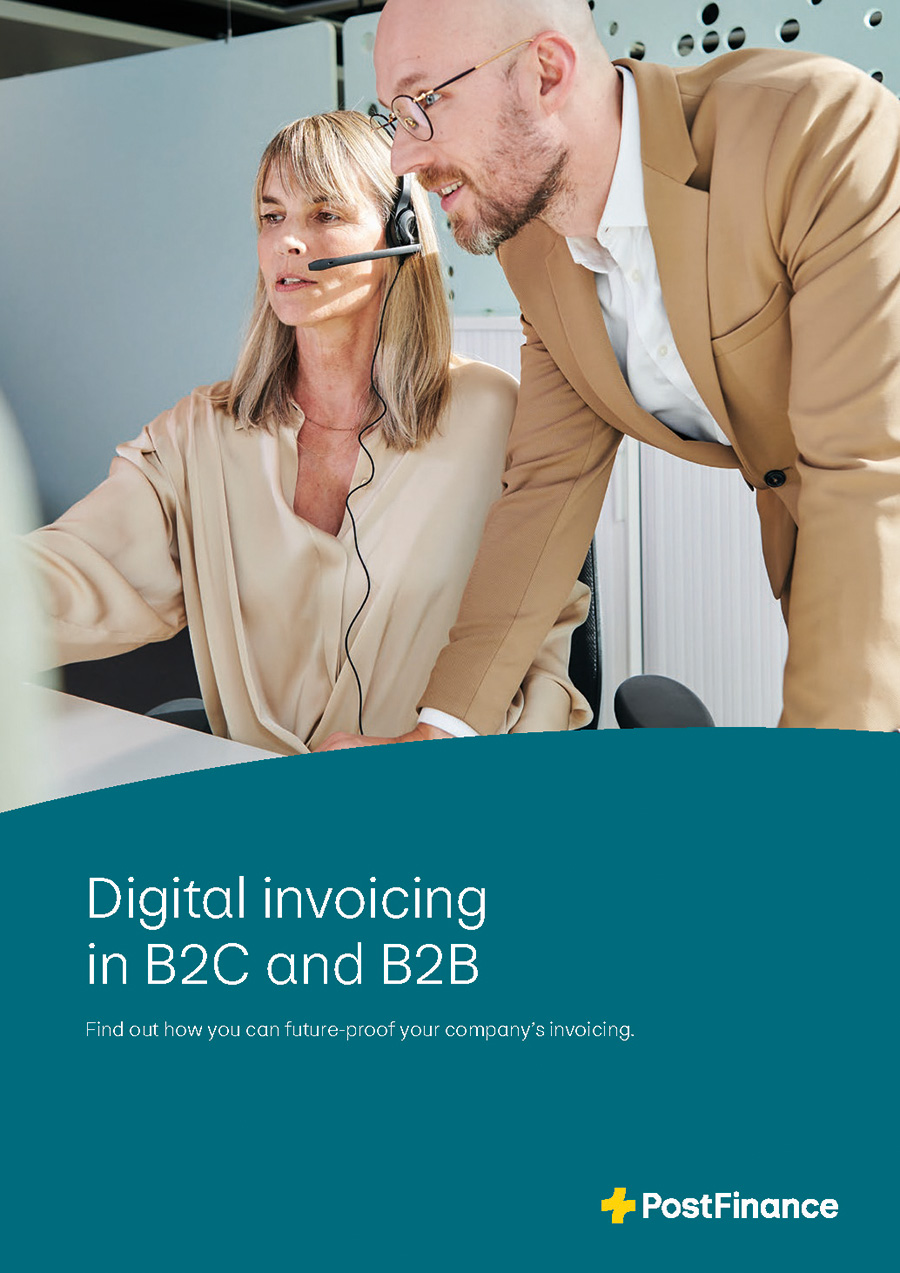Overview of selected invoice types
Professional accounting begins with the right type of invoicing – it provides the foundation for efficient and seamless processes. For many companies, sending invoices as a PDF attachment by e-mail remains the simplest invoicing solution – at least at first glance. Unlike traditional paper invoicing, invoices don’t need to be printed or placed into envelopes, and postage doesn’t have to be paid, saving a lot of manual effort. PDF invoices can also be created and sent quickly and easily. In the digital age, however, invoicing is continuing to develop and offers great potential. Our overview shows four selected invoice types and how they differ with regard to processing and level of digitization.





